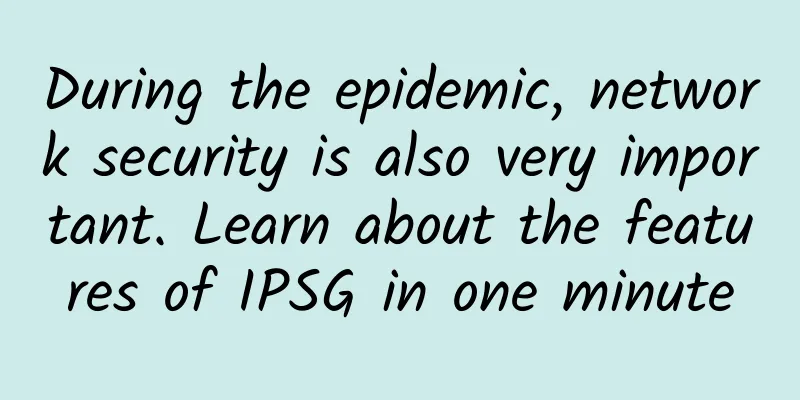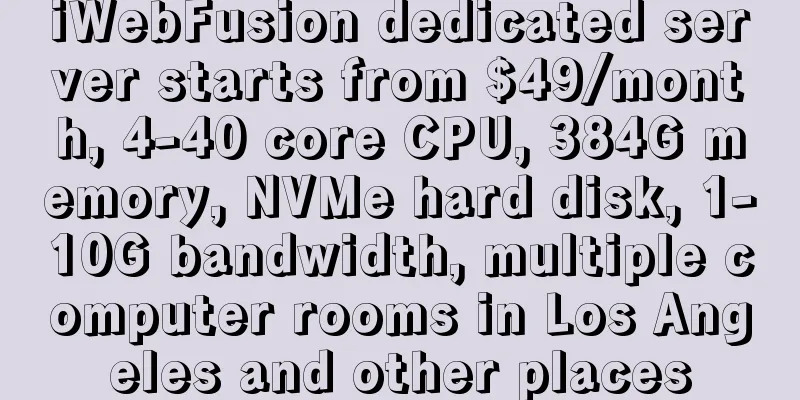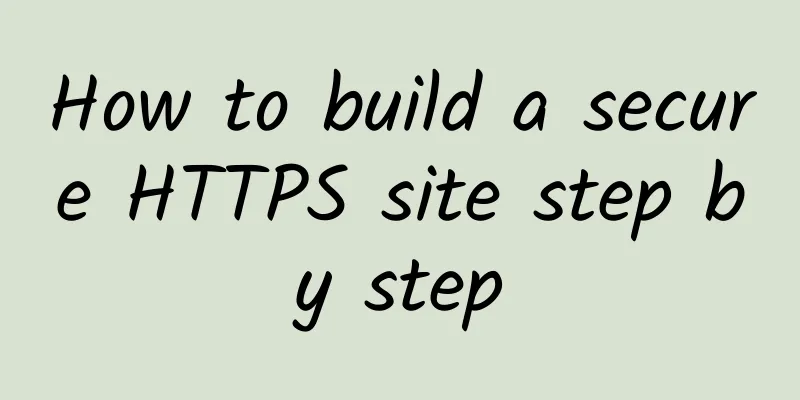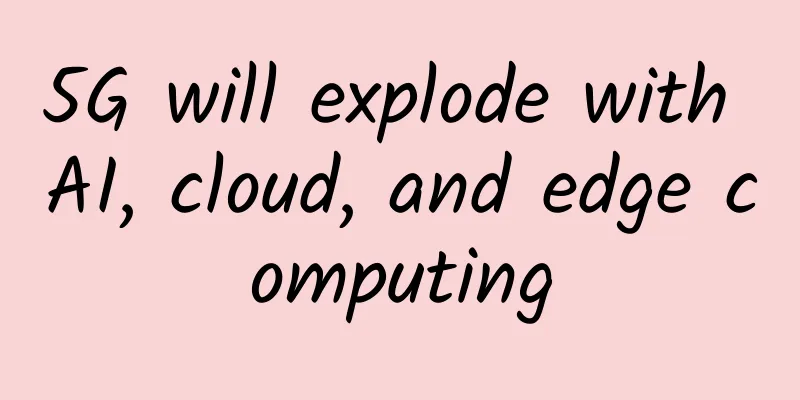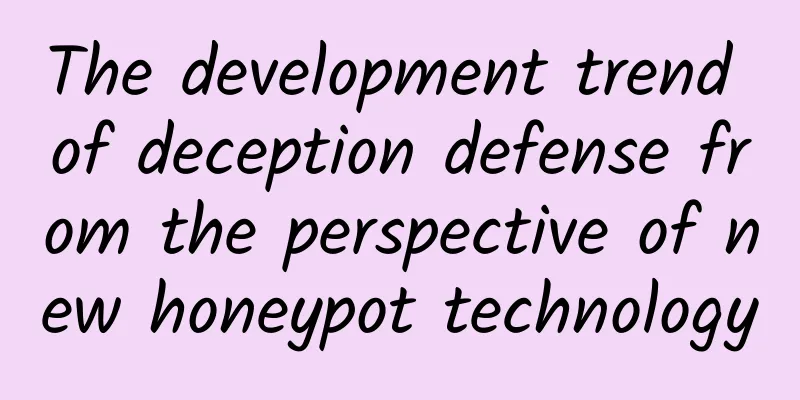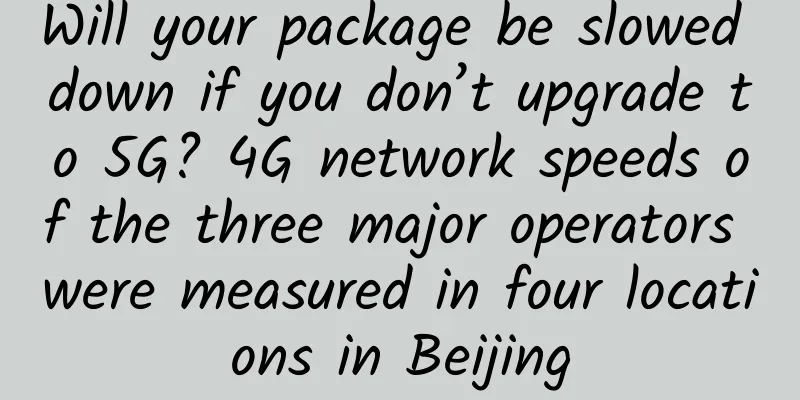Interviewer, I implemented a Chrome Devtools
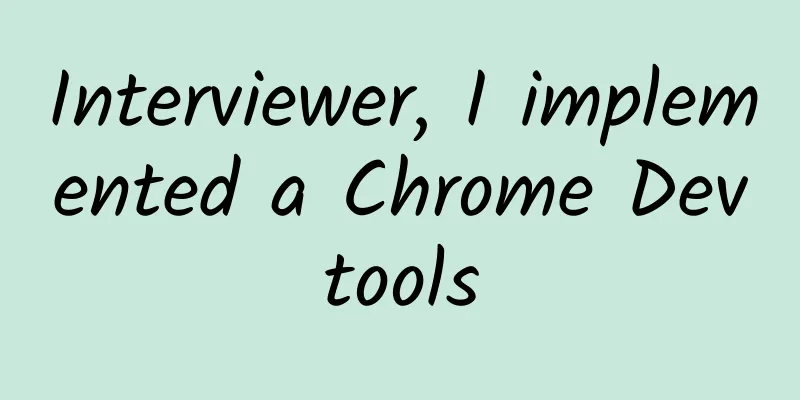
|
Web pages will load resources, run JS, render interfaces, store data, etc. How can we see the execution status when developing? Use the debugging tool chrome devtools. It supports dom debugging, JS debugger, local storage display, runtime profile, etc. The same is true for Node.js, but it only supports JS debugger and profile. We can debug through chrome devtools or vscode debugger. These tools are all remotely attached to the running program for debugging. How do they exchange data? Through webSocket. In addition, the chrome devtools protocol is also formulated to specify what capabilities and how to communicate. This websocket-based debugging protocol is called the chrome devtools protocol. Because it has many functions, it is divided into multiple domains (complex things are usually divided into domains), including DOM, Debugger, Network, Page, etc., each with a different debugging protocol. Chrome devtools implements debugging through this protocol. The new version of Chrome (Canary version) can turn on the Protocol Monitor panel of the experimental features in the settings. You can see the transmitted CDP data: This is the principle of chrome devtools. What is the use of understanding this principle? We can re-implement the server, and as long as the debugging protocol is connected, we can use chrome devtools to debug. For example, how does Kraken (rendering CSS to Flutter) use Chrome DevTools to debug DOM and styles? It is by connecting to this protocol. We can re-implement the client, and as long as it is connected to this protocol, we can use any tool to debug web pages/Node.js. You can debug Node.js and web pages with chrome devtools, vscode debugger, or webstorm debugger. Why? Because they are all connected to this protocol. So can we connect to this protocol to implement a debugging tool similar to Chrome DevTools? Let's experiment: We start Chrome and specify the debugging port via --remote-debugging-port:
Then connect it. Here we don't need to connect to the protocol directly. Chrome provides SDKs in various languages and we can just call the API: Let's connect to Chrome first:
Then open baidu.com, wait 2 seconds, and take a screenshot:
Check out the effect: In this way, we have run through the first section of CDP code. The rest of the functions, including Network, Debugger, DOM, etc., can also be realized. Let's try it briefly:
Depth is the depth. Setting it to -1 means returning the entire DOM: With this data, can we browse the DOM? There is also DOM.setAttributeValue to set attributes, DOM.getBoxModel to get the box model size, etc. Based on these, it should be no problem for us to make a DOM editor. And the network part:
We listen to each response through the responseReceived event, and then get the content of the response through Network.getResponseBody: Based on this, we should have no problem implementing the Network panel functionality. You can also connect to the profiler:
With this data, we can draw a flame graph through canvas. Theoretically, we can implement all the functions of Chrome DevTools. Moreover, it is possible to debug a web page with multiple debugging tools at the same time, because websocket can have multiple clients. You might ask, what's the point of implementing Chrome DevTools yourself? When people do open source front-end projects, they usually write a NetEase Cloud Music client because there is ready-made data to use. So why not make a Chrome DevTools? There is also ready-made data, just start the browser, and it is so high-end. We don't need to implement the complete chrome devtools. We can implement the network part, the DOM part, and the debugger part separately. We can make different UIs and have functions and interactions that chrome devtools don't have. For example, if you are interviewing for a visualization position, and you say that you have connected to the profiler part of the chrome devtools protocol and used canvas to draw a flame chart, it will add a lot of extra points. SummarizeChrome debugging communicates with the debugging client through WebSocket, and has developed the Chrome Devtools Protocol, which is also used by Node.js, but the protocol is called V8 debugger protocol. We can see all CDP protocol request responses through the protocol monitor panel. The CDP server can be implemented to connect to the debugging function of chrome devtools and debug different targets, such as the kraken rendering engine. You can implement CDP client to debug with different tools, such as vscode debugger, webstorm debugger, etc. We can also connect to the CDP server through the SDK API to get data and implement debugging functions. For example, we can implement DOM editor, Network viewer, JS Debugger, Profiler and flame graph separately, and we can achieve more powerful functions and better interaction than Chrome DevTools. When you want to do an open source project but don't have data, you might as well consider making a CDP client. Isn't this better than the Cloud Music project? |
<<: 6G is coming? Is it too early to start 6G research now?
>>: What does the increasingly popular 5G public network dedicated service mean?
Recommend
How Industry 4.0 and 5G will change supply chain visibility
As the pandemic highlights the serious inefficien...
OlinkCloud: San Jose dedicated server 60% off monthly payment starting at $71.4, triple-network AS9929 line
Olink.Cloud is a site under the old host company ...
Wi-Fi 6 Column | Is Wi-Fi 6 omnipotent?
Wireless networks have been around for a long tim...
In order to "force" users to switch to 5G, operators have come up with new moves?
[[422740]] Recently, the voice of "forcing&q...
How to meet the new challenges of data center facility operation and maintenance in the new era?
Data Center of the New Era Data centers have only...
A brief analysis of Web real-time communication technology!
Web-based instant messaging The server can immedi...
TMThosting Summer Promotion: 30% off monthly VPS, 35% off annual VPS, 5% off dedicated servers, Seattle data center
TMThosting has launched a 2021 Summer Sale event,...
In 2023, 5G and IoT roaming traffic will surge
According to data from international communicatio...
Is the enterprise SMS boom coming? The three major operators have started large-scale deployment of 5G messaging
The first practical application of the 5G era may...
How to secure your SDN controller
Managing networks has become increasingly complex...
Samsung supplies Japanese operator KDDI with equipment to expand its 5G network coverage
On March 31, Samsung Electronics announced that i...
When 5G network solves the fee issue, will your phone still use WiFi?
Recently, British media reported that Ofcom's...
STP Spanning Tree Protocol Working Principle
In a complex network, loops are inevitable. In ad...
Virtual operators in the 5G era: new opportunities and challenges coexist
The 5G era will bring differentiated intelligent ...
Analysis on the current status of global 5G development
[[417613]] This article is reprinted from the WeC...
